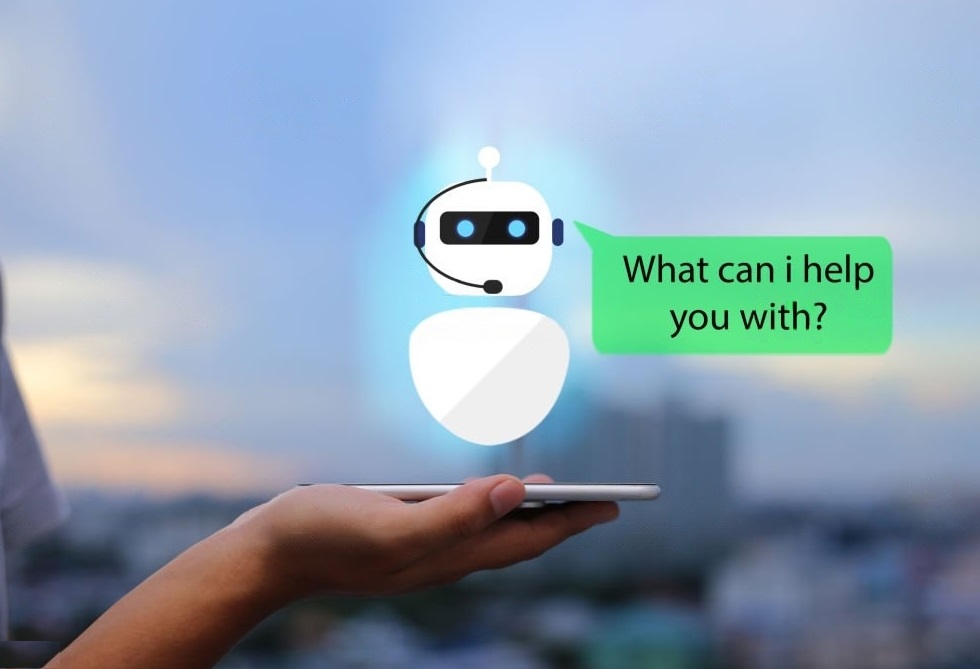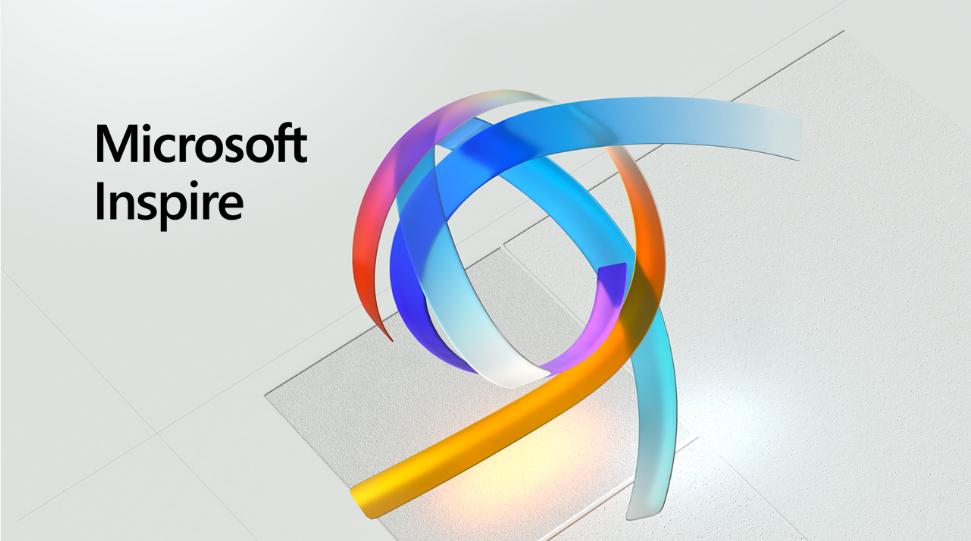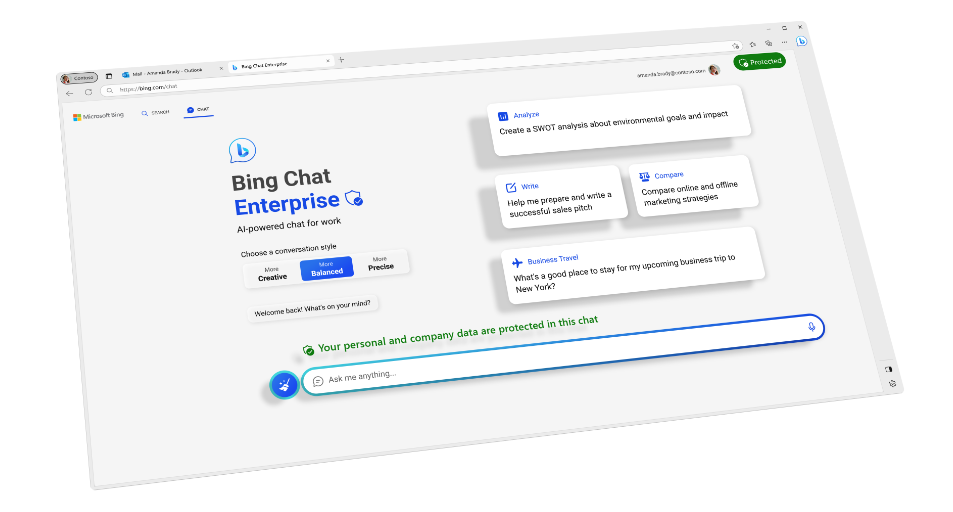Hey there, fellow language enthusiasts! 🤖✨
Have you ever wondered how chatbots like Siri, Alexa, or even our friendly neighborhood customer service bots can understand and respond to our questions just like a real human?
I mean, they can be so spot-on sometimes that it’s almost creepy, right? Well, today’s your lucky day because we’re about to dive into the magical world of natural language processing (NLP) and how it powers these smart little helpers.
But first, let’s rewind a bit. Did you know that the concept of chatbots dates all the way back to 1966 with the creation of a computer program called ELIZA? Fast forward to today, and we’ve got over 300,000 chatbots on Facebook Messenger alone! Crazy, huh? 🤯
Now, let’s get down to the nitty-gritty. What makes these chatbots tick? The answer is NLP, an essential component of artificial intelligence (AI) that helps machines understand, interpret, and generate human language.
With NLP, our digital friends can do things like figure out that “How’s the weather today?” and “What’s the forecast for today?” are essentially asking the same thing. Pretty cool, huh?
NLP doesn’t just help chatbots understand what we’re saying; it also helps them recognize our emotions and intentions. So, when you’re telling your virtual assistant how much you love pizza, it knows you’re expressing your undying affection for that cheesy goodness and not just reporting on the history of Italian cuisine. 🍕❤️
Alright, are you hooked yet? I sure hope so, because we’re about to embark on an incredible journey, exploring the ins and outs of NLP and how it breathes life into chatbots.
We’ll look at the techniques that make it all possible, discuss some of the challenges faced by NLP experts, and even peek into the future of chatbot technology. So buckle up, and let’s get started! 🚀
So, let me break down these topics for you in a way that’s easy to understand and relate to. We’ll cover chatbots, why natural language processing (NLP) is so important for them, and what we’re aiming to achieve with this blog post.
Let’s dive in!
Table of Contents
- What are chatbots?
- Natural Language Processing (NLP) and why it’s so crucial for chatbots?
- What exactly is NLP?
- Key NLP techniques
- NLP in Chatbot Development
- NLP Technologies and Tools
- Future Trends in NLP and Chatbots
- Summary
What are chatbots?
Simply put, chatbots are computer programs designed to simulate conversations with humans, either through text or voice. You know, like when you’re ordering pizza online, and a little chat window pops up asking if you need help?
That’s a chatbot right there! Or, maybe you’ve used Siri, Alexa, or Google Assistant to answer questions, play music, or even tell you jokes.
Yep, they’re all chatbots too!
Natural Language Processing (NLP) and why it’s so crucial for chatbots?
Imagine you’re chatting with a friend, and you say, “Hey, can you gimme a hand with my math homework?” Even though you used slang and didn’t explicitly say “help,” your friend still gets what you mean.
NLP is what allows chatbots to do the same thing! It helps them understand the many ways we humans communicate, whether it’s through different word choices, sentence structures, or even emojis. 😄 Without NLP, chatbots would be pretty limited and way less fun to interact with.
In fact, a study by Gartner predicted that by 2020, 85% of customer interactions would be handled by chatbots. This just goes to show how important it is for chatbots to understand and process human language effectively.
What exactly is NLP?
In simple terms, it’s a field of artificial intelligence (AI) that helps computers understand, interpret, and generate human language. It’s like a translator that helps chatbots decode our messages and come up with appropriate responses.
Now, there are three main components of NLP that help make this translation happen:
- Syntax: This is all about the structure of sentences. Think of it as the grammar rules that make our language work. For example, NLP helps chatbots recognize that “I ate pizza” and “pizza ate I” have different meanings, even though they use the same words.
- Semantics: This deals with the meaning of words and phrases. NLP helps chatbots understand that “buying a car” and “purchasing a vehicle” have the same meaning, even though they use different words.
- Pragmatics: This is about understanding the context and the intended meaning behind a message. For example, when someone says, “It’s raining cats and dogs,” NLP helps chatbots understand that it’s just an idiom for heavy rain, not a literal animal downpour. 🐱🐶
Key NLP techniques
Tokenization
This is the process of breaking down text into individual words or phrases, called tokens. It’s like separating the ingredients in a recipe.
For example, the sentence “I love ice cream” would be tokenized into “I,” “love,” “ice,” and “cream.”
Part-of-speech tagging
This technique identifies the grammatical role of each token, like whether it’s a noun, verb, adjective, etc. For example, in the sentence “The quick brown fox jumps over the lazy dog,” NLP would recognize “quick” and “lazy” as adjectives.
Named entity recognition
This is about identifying specific entities in a text, like people, organizations, locations, and more. For instance, in the sentence “Barack Obama was born in Hawaii,” NLP would recognize “Barack Obama” as a person and “Hawaii” as a location.
Dependency parsing
This helps determine the relationships between words in a sentence, like which words depend on others for meaning. For example, in “She gave him a book,” NLP would recognize that “gave” depends on “She” and “book” to make sense.
Sentiment analysis
This is about figuring out the emotions or opinions expressed in a text. For example, when someone says, “I absolutely adore this movie,” NLP would understand that the sentiment is positive.
With these techniques and components, chatbots can effectively decode our messages, making our interactions with them more enjoyable and efficient. So next time you’re chatting with Siri, Alexa, or any other bot, remember the incredible NLP magic happening behind the scenes! 🧙✨
NLP in Chatbot Development
Understanding user intent
User intent is all about figuring out what someone really wants when they send a message. For example, when you ask a chatbot, “What’s the best pizza place nearby?”, the intent is to find a great pizza joint close to your location. NLP helps chatbots recognize the intent behind your question, even if you phrase it differently like, “Where can I get some delicious pizza around here?”.
Did you know that 61% of consumers believe that chatbots are the future of customer service? That’s why it’s so important for chatbots to accurately understand user intent and provide the right information.
Contextual understanding and response generation
Context is key when it comes to having a natural conversation. NLP helps chatbots understand the context behind messages and generate appropriate responses. For example, if you ask a chatbot, “What’s the weather like?” and then follow up with, “And tomorrow?”, it knows you’re asking about tomorrow’s weather, not just repeating the same question.
For example: A survey by Oracle revealed that 80% of businesses want to implement chatbots by 2023. With NLP-powered contextual understanding, chatbots can provide more accurate and personalized customer experiences
Conversation flow and management
A smooth conversation flow is essential for making chatbot interactions feel more human-like. NLP helps chatbots manage the flow by recognizing when to ask follow-up questions, provide more information, or switch topics. For instance, if you’re asking a chatbot for movie recommendations and mention you love sci-fi, it might suggest some popular sci-fi movies or ask for more preferences to narrow down the list.
For example: As chatbot adoption continues to grow, it’s estimated that by 2025, the global chatbot market could be worth around $10.5 billion. With NLP techniques like conversation flow management, chatbots can become even more efficient and engaging.
In a nutshell, NLP is a game-changer for chatbot development, helping bots understand user intent, maintain context, and manage conversation flow. So the next time you’re impressed by a chatbot’s human-like responses, remember the amazing NLP magic that makes it all possible! ✨🤖
NLP Technologies and Tools
Some popular NLP technologies and tools that developers use to create these amazing conversational bots. We’ll go over some well-known NLP libraries and chatbot development platforms, all while keeping things light, conversational, and fun!
Popular NLP libraries
These are like the secret ingredients that help developers cook up some fantastic chatbot experiences. Let’s look at four popular NLP libraries:
- NLTK (Natural Language Toolkit): This is a classic Python library, perfect for beginners who want to dip their toes into NLP. It’s got tons of useful features for tasks like tokenization, part-of-speech tagging, and sentiment analysis.
- spaCy: Another Python library, spaCy is super fast and efficient, making it a popular choice for more advanced NLP projects. It’s like NLTK’s cool older sibling, with features designed for real-world applications.
- Gensim: This Python library is all about helping chatbots understand the meaning behind words and phrases. Gensim is especially great for working with large text collections, like analyzing user reviews or even entire books!
- Stanford NLP: Developed by Stanford University, this Java-based library is a powerful tool for all kinds of NLP tasks. It’s got some serious academic cred and can handle multiple languages, making it a versatile choice for developers.
Chatbot development platforms with NLP support
These platforms make it easier for developers to create chatbots by providing built-in NLP support. Here are four popular ones:
- Google Dialogflow: This user-friendly platform uses Google’s advanced NLP capabilities to help developers create smart chatbots with minimal coding. It’s like having a friendly AI tutor guiding you through the chatbot creation process!
- IBM Watson Assistant: Powered by IBM’s AI expertise, Watson Assistant is a robust platform that helps developers build chatbots for various industries, from customer service to healthcare. It’s like having your own AI-powered Swiss Army knife!
- Rasa: This open-source platform is perfect for developers who want more control over their chatbot’s NLP capabilities. Rasa provides customizable tools and a supportive community, making it a fantastic option for chatbot enthusiasts who like to tinker.
- Microsoft Bot Framework: As you might guess, this platform comes from Microsoft and offers a wide range of features for building intelligent chatbots. It’s got NLP support through its LUIS (Language Understanding Intelligent Service) system, making it another solid choice for chatbot development.
So, whether you’re a developer looking to build a chatbot or just curious about the tech behind the scenes, these NLP libraries and platforms are the superstars that make it all possible. With these tools, developers can create chatbots that engage users in natural, human-like conversations. Pretty amazing, right? 🌟🤖
Future Trends in NLP and Chatbots
Integration of advanced AI and machine learning techniques
As AI and machine learning continue to evolve, we can expect chatbots to become even smarter and more capable.
For instance, they might learn to understand and respond to users better by analyzing patterns in past conversations. By 2026, the AI market is expected to reach a whopping $190.61 billion, and you can bet that chatbots will play a significant role in that growth!
Enhancing emotional intelligence in chatbots
Emotional intelligence is all about recognizing and responding to emotions, and chatbots are getting better at it. Soon, they’ll be able to pick up on subtle cues like tone of voice or emojis to understand our feelings better.
For example, if you send a message saying, “Ugh, I had such a terrible day 😔,” a chatbot with enhanced emotional intelligence might respond with empathy and offer comforting words. With this level of emotional understanding, chatbots will be able to create even more authentic and engaging interactions.
Improved multilingual support
As chatbots continue to improve, they’ll be able to communicate in more languages and understand various dialects, accents, and regional expressions. This means that you’ll be able to chat with a bot in your native language, even if it’s not widely spoken, making chatbot interactions more inclusive and accessible.
In fact, it’s predicted that by 2025, the global speech and voice recognition market could be worth around $31.82 billion!
Summary
NLP is like the secret sauce that makes chatbots capable of understanding and generating human language. It helps them recognize user intent, maintain context, and manage conversation flow, making our interactions with chatbots feel more natural and engaging.
The world of NLP and chatbots is growing rapidly, with new advancements and trends always on the horizon. Whether you’re interested in building chatbots yourself or just curious about the technology, there’s never been a better time to dive in and learn more.
So, there you have it—a friendly introduction to the fascinating world of NLP and chatbots. As you continue exploring this incredible field, remember that the possibilities are virtually endless. With new AI advancements and growing emotional intelligence, chatbots are becoming more human-like and engaging than ever before.
Who knows what the future holds, but one thing’s for sure—the chatbot revolution is just getting started! 🎉🤖
Thank you for reading our blog, we hope you found the information provided helpful and informative. We invite you to follow and share this blog with your colleagues and friends if you found it useful.
Share your thoughts and ideas in the comments below. To get in touch with us, please send an email to dataspaceconsulting@gmail.com or contactus@dataspacein.com.
You can also visit our website – DataspaceAI


